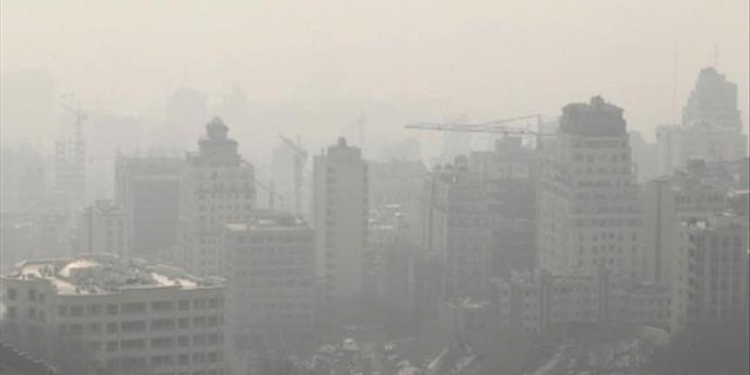In 2024, global air pollution remains a pressing environmental and public health issue, with South and Central Asian countries facing some of the world’s worst air quality. According to recent data, Bangladesh remains in the top position as the most polluted country worldwide, followed by Pakistan, India, Tajikistan, and Burkina Faso. The high levels of PM2.5 particulate matter in these regions reflect rapid urbanization and industrialization and highlight the critical need for strengthened pollution control measures globally.
Bangladesh: The Most Polluted Nation
For the past several years, Bangladesh has consistently ranked as the world’s most polluted country. In 2024, the country reported a staggering population-weighted PM2.5 concentration of 79.9 micrograms per cubic meter (µg/m³), vastly exceeding the World Health Organization’s (WHO) recommended limit of 5 µg/m³. Dhaka, the capital city, frequently experiences severe smog, especially during the dry winter months. Contributing factors to this crisis include rapid urban growth, reliance on fossil fuels, and emissions from industries and vehicles. Additionally, brick kilns, which operate widely across Bangladesh, release significant pollutants into the air, aggravating air quality issues and impacting public health.
Pakistan’s Persistent Pollution Challenges
Pakistan ranks second globally for poor air quality, with a PM2.5 concentration of 73.7 µg/m³. Major cities such as Lahore and Karachi often suffer from hazardous air pollution levels due to vehicular emissions, industrial activity, and the burning of solid fuels for cooking in rural areas. Pakistan faces structural challenges in controlling pollution, as a lack of regulatory enforcement and limited public awareness hinder improvement efforts. Lahore, in particular, endures high pollution levels during winter, primarily due to cross-border agricultural burning, as well as vehicle and industry emissions that contribute to prolonged smog episodes.
India’s Battle Against Rising Pollution
India ranks third in global pollution levels, with a population-weighted PM2.5 concentration of 54.4 µg/m³, over ten times higher than the WHO’s safe guideline. Northern India, including New Delhi and the National Capital Region (NCR), faces critical air quality challenges, especially during the winter months when agricultural stubble burning in surrounding states adds to the pollution burden. Emissions from industries, vehicles, and seasonal crop residue burning continue to fuel India’s air pollution crisis. Although India has taken steps to address pollution through initiatives such as the National Clean Air Programme (NCAP), its pollution levels still pose a severe risk to over 1.36 billion citizens.
Tajikistan and Burkina Faso
Tajikistan, ranked fourth, faces significant pollution due to its high PM2.5 concentration of 49.0 µg/m³. The country’s mountainous landscape limits air circulation, trapping pollutants closer to the ground. Widespread coal usage for heating, combined with emissions from industrial activities, exacerbates air quality issues. Similarly, Burkina Faso, the fifth most polluted country, records a PM2.5 level of 46.6 µg/m³. Environmental factors such as desertification and dust storms, as well as the burning of biomass for heating and cooking, contribute to the country’s high pollution levels, which have adverse effects on public health.
Conclusion
The 2024 global air pollution rankings underscore the urgent need for coordinated action to address air quality issues. With Bangladesh, Pakistan, and India among the most polluted countries, air pollution continues to pose severe health risks, causing respiratory and cardiovascular diseases, reduced life expectancy, and increased mortality rates. Addressing air pollution requires both national and international efforts, including stricter emissions regulations, investment in renewable energy, and greater public awareness. For countries in South Asia, regional cooperation is essential to develop sustainable strategies for improving air quality, ultimately reducing pollution-related health risks and fostering healthier living environments for future generations.




